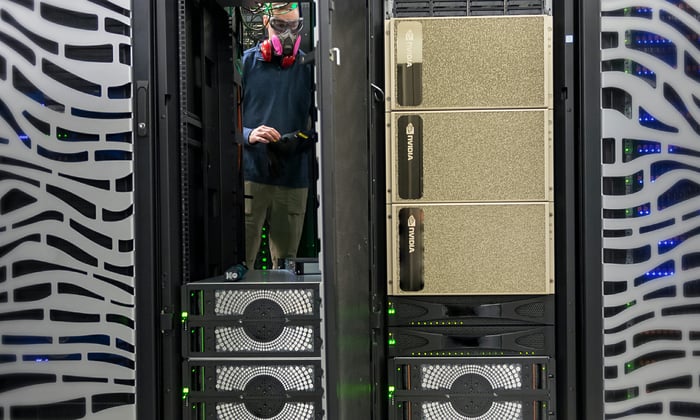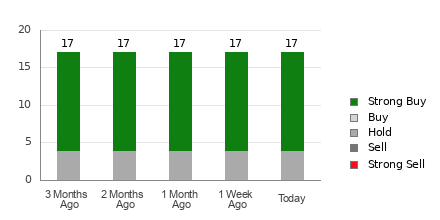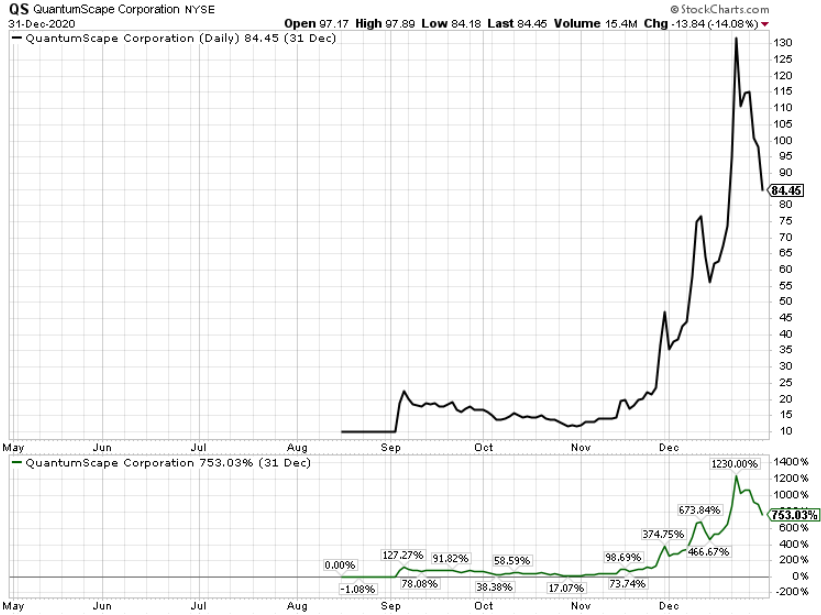Advance Auto Parts Faces Challenges Amid Major Restructuring Efforts
Investors have felt the squeeze from Advance Auto Parts (NYSE: AAP) as the company’s stock has plummeted 83% since its peak in early 2022. As the automotive parts retailer grapples with industry slowdowns and disappointing earnings, the question remains: Is it time to buy this stock?
Understanding the Company’s Current Struggles
Several challenges have led to a decline in Advance Auto Parts stock over the last two years. The aftermath of the pandemic has created a slowdown in consumer spending, coupled with supply chain issues and escalating inflation affecting the aftermarket auto parts sector.
These problems manifested significantly in 2023, with earnings per share (EPS) tumbling to just $0.50, a stark drop from $7.65 in 2022. The company has unveiled a restructuring plan, which includes major layoffs aimed at returning to profitability.
However, the results from the second quarter of fiscal 2024, which ended on July 13, showed that the EPS of $0.75 fell short of analysts’ expectations. This shortfall was attributed to the costs of executing its strategic initiatives in a still “challenging demand environment.”
Net sales stagnated year-over-year, while comparable store sales saw a slight increase of 0.4% compared to Q2 2023. Looking ahead, Advance Auto Parts anticipates comparable sales to range from -1% to 0% for 2024, with an EPS target set between $2.00-$2.50 and a minimum of $100 million in free cash flow. This signals a potential recovery from 2023’s low performance.

Image source: Getty Images.
Assessing Future Prospects
Rebuilding trust with investors is a significant task for Advance Auto Parts. Despite the challenges, there are signs of stabilization in operating and financial conditions. The company operates a network of 4,776 stores under its own brand and CarQuest, which has cultivated a loyal customer base.
A noteworthy development is the sale of its WorldPac automotive parts wholesale distribution business for $1.5 billion. This deal, expected to close by year-end, will provide much-needed cash to improve the balance sheet and support strategic objectives. This financial boost will aid in debt reduction while allowing the company to maintain its regular quarterly dividend of $0.25 per share.
Considering valuation, Advance Auto Parts stock trades at 18 times its projected 2024 EPS, with that ratio decreasing to 13 as earnings are forecasted to improve further in 2025. This lower price-to-earnings (P/E) ratio compared to competitors like AutoZone and O’Reilly Automotive makes the stock potentially appealing if the company’s turnaround succeeds.

AAP PE Ratio (Forward) data by YCharts
What’s Next for Investors?
At this point, it may be premature to declare that Advance Auto Parts is poised for long-term growth. Investors will likely require several quarters of improving results before feeling confident in a sustainable rally.
For those who have held into the decline, selling might not be viable as much of the bad news may already be reflected in the stock price. New investors might consider a wait-and-see strategy or explore more promising opportunities elsewhere.
A “Double Down” Stock Alert
If you ever felt you missed out on investing in successful stocks, this could be your chance.
Occasionally, our analysts recommend a “Double Down” stock—a company they believe is about to surge. If you think you missed your window to invest, now may be the best time to buy. The statistics speak for themselves:
- Amazon: A $1,000 investment at our Double Down in 2010 would now be worth $21,266!*
- Apple: A $1,000 investment at the Double Down in 2008 translates to $43,047!*
- Netflix: If you invested $1,000 when we doubled down in 2004, you’d have $389,794!*
We’re currently issuing “Double Down” alerts for three outstanding companies—don’t miss out!
See 3 “Double Down” stocks »
*Stock Advisor returns as of October 7, 2024
Dan Victor has no position in any stocks mentioned. The Motley Fool has no position in any stocks mentioned. The Motley Fool maintains a disclosure policy.
The views and opinions expressed herein are those of the author and do not necessarily reflect those of Nasdaq, Inc.









